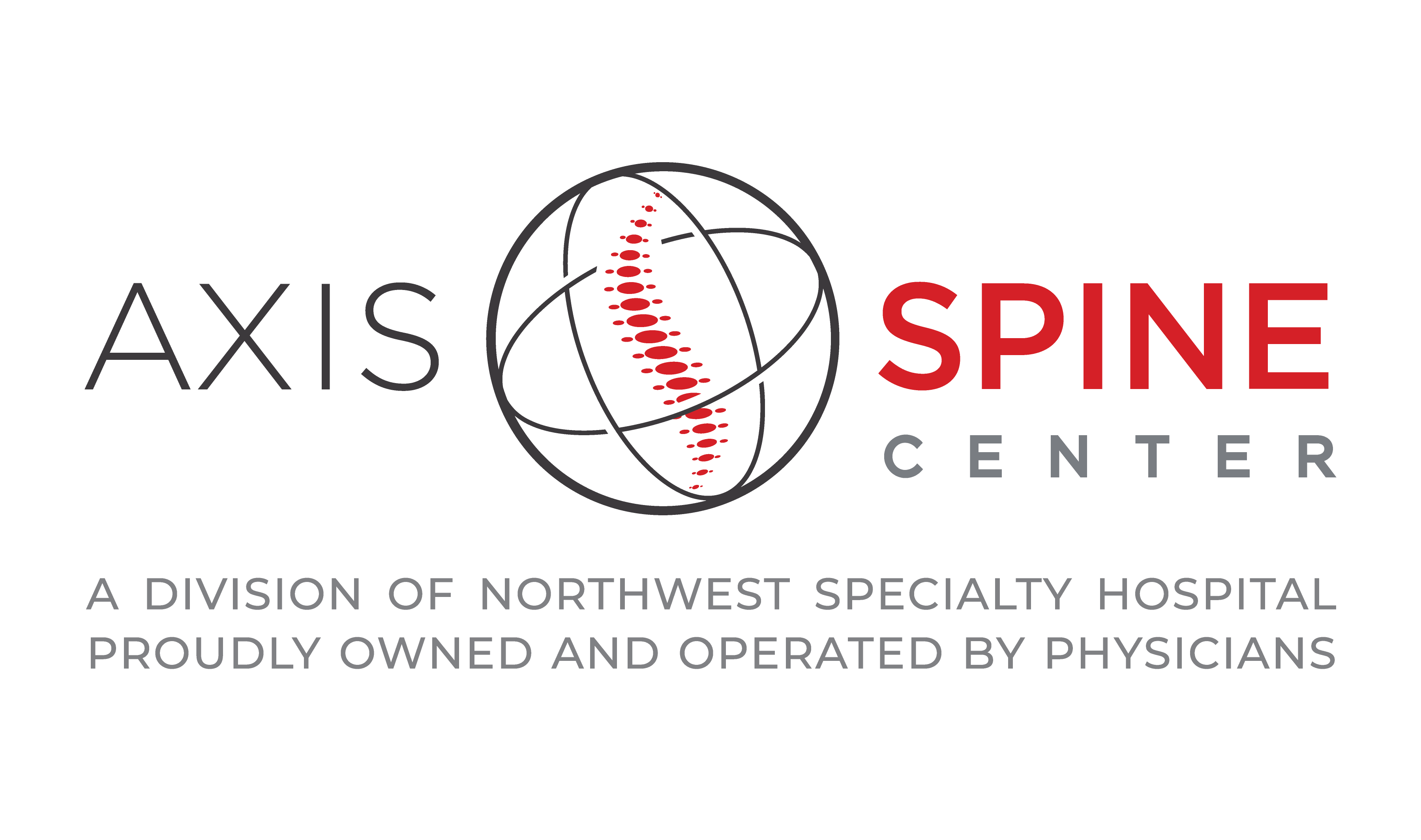
For Neck and Arm Pain
A cervical epidural steroid injection is an outpatient procedure that is used to treat neck, upper back, shoulder, and arm pain.
The protective covering around the spinal cord and its nerves is called the dura, and the space surrounding the dura is called the epidural space. This is where fat, veins, arteries, spinal nerve roots, and lymphatics lie. The epidural space in the neck is called the cervical epidural space.
The cervical area of the spine contains seven bones (vertebrae). The soft discs that sit between these vertebrae cushion them, hold them together, and control range of motion. If one of these discs tears, the fluids inside are free to leak out, inflaming nerve roots and causing pain.
A large tear may cause a disc to bulge, which then inflames or compresses nerve roots and causes pain, as well. Bone spurs (osteophytes) may also press against nerve roots and cause pain
You may have cervical disc and dural inflammation if you experience pain in your neck or upper back when you move. You may have nerve root inflammation if the pain travels to your arms when you move your head or neck. MRIs are often used to show disc bulges and nerve root compression, but they may not show a torn and leaking disc. A cervical epidural injection may provide pain relief if it is caused by disc problems, dural inflammation, or nerve root inflammation.
In this outpatient procedure, a corticosteroid will be injected into the epidural space to reduce inflammation. A local anesthetic may also be injected to numb the affected area and eliminate pain. The simplest and most efficient way to perform this procedure is from the back of the spine. This is called an interlaminar injection because it is administered between two laminae (or layers) of the vertebra.
Once you are effectively numbed, your doctor will insert a small needle directly into the epidural space. A highly specific type of x-ray called a fluoroscopy will be used to ensure the safe and proper positioning of the needle. A dye will also be injected, which your doctor will use to guide the needle to the right spot. Once your doctor is sure of the needle placement, the medications will be injected.
Most patients will be monitored for about 30 minutes after their injection. When your doctor is ready to send you home, you’ll be given discharge instructions to follow and a pain diary to fill out. The pain diary is an important part of the process because it helps your doctor evaluate how well the injection is working for you. You can slowly and carefully begin to move your neck in ways that caused you pain before the injection to see if the pain is still there.
You may feel immediate pain relief and numbness in your neck and arm after the injection, indicating that the medication has reached the right spot. However, your pain may return or may even be worse for a day or two after the injection. Needle irritation and a delay with the corticosteroid are two reasons for this result. Corticosteroids typically take two or three days to become effective, but they can also take as long as a week.
Most patients can return to work the day after the injection, but be sure to check with your doctor first. Depending on your occupation, level of pain, and the severity of the inflammation, your doctor may recommend taking a day or two off before returning to normal activities.
The extent and duration of the pain relief you feel may depend on the type and amount of disc, dural, or nerve root inflammation. Coexisting factors may also be responsible for your pain, and if your pain is the result of injuries to more than one area, only some of your symptoms may be improved by the first injection. Keeping a thorough pain diary can help us determine the best course of action moving forward.
Sometimes, an injection may bring several weeks or months of pain relief before further treatment is needed. Other patients find that a single injection brings long-term pain relief. The results can vary from patient to patient depending on individual factors.
